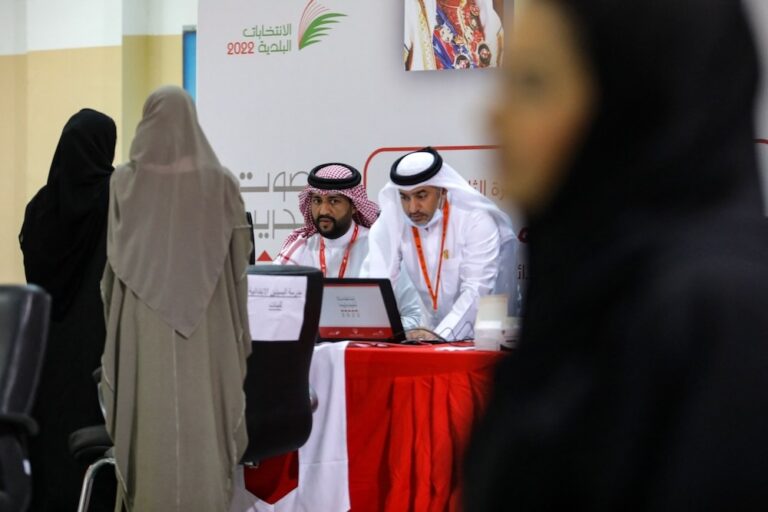The perpetrators of online harassment of journalists may be ordinary "haters", or "troll armies" of online mercenaries created by authoritarian regimes.
This statement was originally published on rsf.org on 25 July 2018.
In a report published today, entitled Online harassment of journalists: the trolls attack, Reporters Without Borders (RSF) voices concern about the scale of a new threat to press freedom, the mass harassment of journalists online.
The perpetrators may be ordinary “haters” (individuals or communities of individuals hiding behind their screens) or “troll armies” of online mercenaries created by authoritarian regimes. In both cases the goal is the same, to silence journalists whose reporting annoys, often using exceptionally abusive methods.
For months, RSF documented these new online attacks and analyzed the modus operandi of the press freedom predators, who have been able to exploit the latest technologies to extend their oppressive reach.
“Online harassment is a phenomenon that is spreading throughout the world and now constitutes one of the gravest threats to press freedom,” RSF secretary-general Christophe Deloire said. “We have discovered that information wars are not just waged between countries at the international level. Journalism’s predators also deploy troll armies to hunt down and harass all those who investigate and report the facts honestly. These despots let their mercenaries train their guns on journalists on the virtual terrain as others do in actual war zones.”
What RSF’s report reveals:
● It is hard to establish a direct link between governments and online conspiracies against journalists. RSF has investigated and documented cases of online harassment of journalists in 32 countries, shedding light on hate campaigns orchestrated by authoritarian or oppressive regimes in such countries as China, India, Turkey, Vietnam, Iran and Algeria.
● RSF has analysed the modus operandi of the press freedom predators, who orchestrate their online attacks against journalists in three stages:
1. Disinformation: journalistic content on social networks is drowned in a flood of fake news and pro-government content;
2. Amplification: the impact of pro-government content is artificially enhanced by commentators who are paid by the government to post messages on social networks or by bots, computer programmes that automatically generate posts;
3. Intimidation: journalists are personally targeted, insulted and threatened, in order to discredit them and reduce them to silence.
● These aggressive cyberharassment campaigns are also waged by communities of individuals or political groups in supposedly democratic countries such as Mexico, and even in countries that are ranked at the top of the World Press Freedom Index such as Sweden and Finland.
● The consequences are often dramatic: many of the cyberharassment victims RSF spoke to said they had ended up censoring themselves in response to the torrents of online abuse, the scale of which they had never imagined possible
● Women journalists are affected the most by cyberharassment. Two thirds of women journalists have been the victims of harassment and, in 25% of the cases, the harassment occurred online.
● In India, for instance, freelance journalist Rana Ayyub is attacked online by Prime Minister Narendra Modi’s trolls, called Yoddhas, who target her because of her investigative reporting on Modi’s rise to power. “I’ve been called Jihadi Jane, Islamo fascist [and] ISIS sex slave,” she said. “My face has been superimposed on a naked body and my mother’s photograph has been taken from my Instagram account and photoshopped in the most objectionable manner possible.”
● Mexican investigative journalists such as Alberto Escorcia are also targeted by trolls. He was threatened after shedding light on how “dormant” online accounts are used to influence election campaigns, as in Mexico’s recent elections for president, deputies, senators and governors.
● In the Philippines, Maria Ressa was attacked by trolls while the news website she edits, Rappler, was the target of judicial harassment. Philippine journalists who, like her, cover the government in a critical manner have been constantly targeted since Rodrigo Duterte’s election as president in 2016.
● In France, two men were given six-month suspended prison sentences and fined 2,000 euros at the start of July for threatening radio reporter Nadia Daam online. A third man, who had threatened her after the trial, was then also given a six-month suspended prison sentence.
● Companies such as Devumi that specialize in selling fake social media accounts have a direct responsibility in the amplification of these online threats. Large-scale harassment of journalists has never been so easy and so inexpensive.
● In response to these findings, RSF has formulated 25 recommendations for governments, the international community, online platforms, media outlets and advertisers with the aim of addressing these new digital threats. RSF’s report also includes a tutorial entitled “Journalists – how to deal with troll armies” that reminds journalists about the digital security practices they should adopt.



